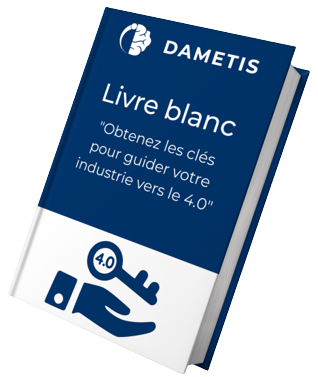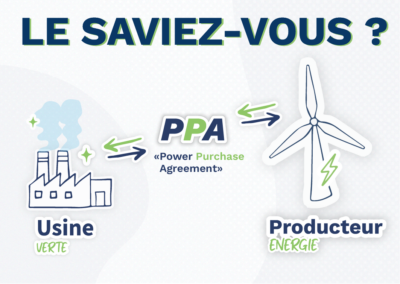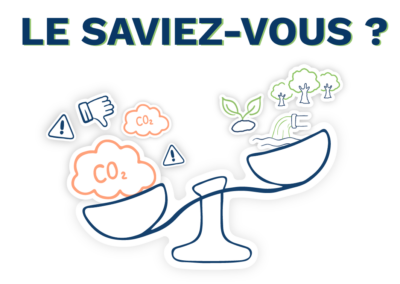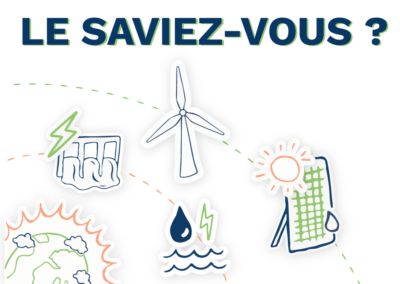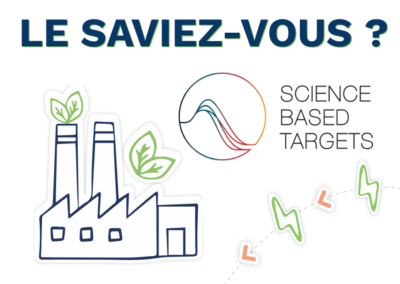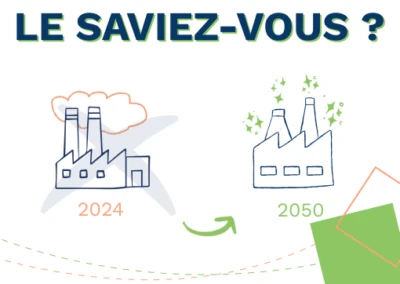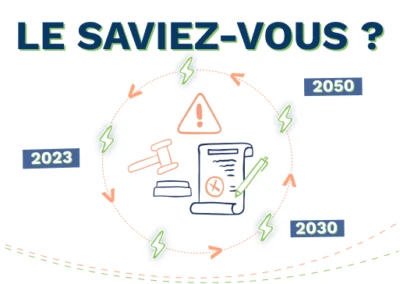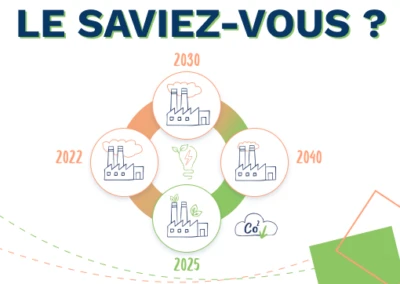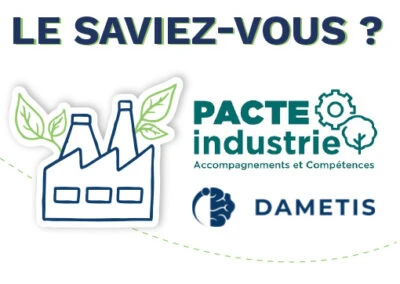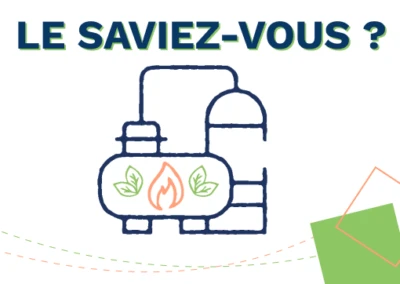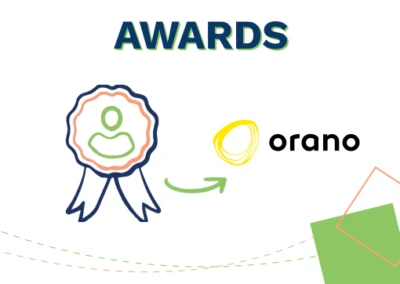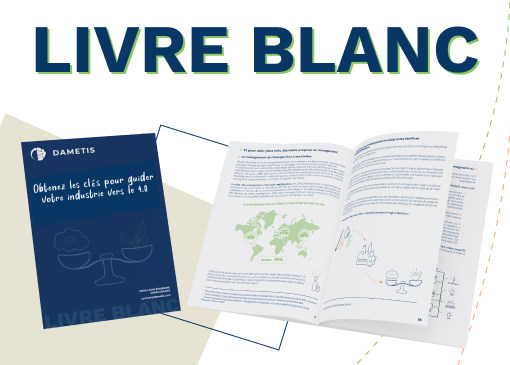
White Paper #1: Obtenez les clés pour vous guider vers l’Industrie 4.0
The decarbonization of the industry appears today as a major challenge, both for economic, geopolitical, and environmental reasons. Energy renovation, use of renewable energies… what actions should be implemented to achieve this? How can industrial players get support today?
To assist you in this transition, we have written the Dametis White Paper, in 3 chapters, so that you get the keys to guide you towards Industry 4.0!

Co-founder, CEO

Jérémy Barrais
Product Manager

Nicolas Duran
Co-founder CTO

Technical Director

Cyril Quemeneur
Energy Engineer
Table of Contents
> Chapter 1 – Data and human expertise at the heart of your decarbonization strategy
I. Environmental memory and intelligence (vs energy memory and intelligence)
II. Environmental expertise in a software (vs expert brains…)
III. 4.0 Data artisans of environmental data (vs energy data)
> Chapter 2 – A collaborative environmental optimization platform: a must-have for your transition
I. Maintaining performance in the long term
II. A low or zero carbon global project
III. Impact on ESG reporting (Environmental, Social, Governance criteria)
> Chapter 3 – Managing energy: some concrete cases to know where to start!
Chapter 1: Moving towards Industry 4.0 – data and human expertise at the heart of your decarbonization strategy
I. Memory and environmental intelligence
• Energy memory already outsourced
• The limitations of Excel spreadsheets
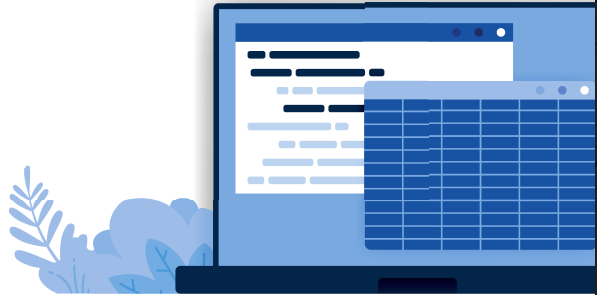
• Humans and A.I. together tackling the ecological challenge
• Environmental orchestration software in the factory of the future
Already essential in current factories aiming for the “achievable energy minimum” (AEM), software will gain importance as production sites become increasingly automated.
“Programmable machine tools, welding and painting robots, guided carts, handling and assembly robots have long been part of the factory and storage warehouse,” recalls Charles-Édouard Bouée in his book Confucius and the robots (pub. Grasset, 2014). But the new generation of these equipments will bear no resemblance to the previous ones, as they will acquire more and more intelligence and, thanks to the Internet, they will be able to connect and communicate with each other.
In Industry 4.0, environmental performance software will be the conductors of the ecological challenge in this “new cyber-physical reality.”
• Humans remain essential
“The software is based on a man-machine collaboration. Because in a factory, we always end up facing exceptional situations that require human intervention. Software does not create expertise, it operates based on human expertise written in algorithmic form. There are also things it cannot do, such as (re)calibrating sensors – which inevitably drift over time, meaning the zero point shifts and the data reported is incorrect.”
II. Environmental expertise in a software
• Expert systems serving industrial companies
“An expert system is an artificial intelligence (AI) computer tool designed to simulate the know-how of a specialist in a specific and well-defined field, by exploiting a certain number of knowledge explicitly provided by domain experts.”
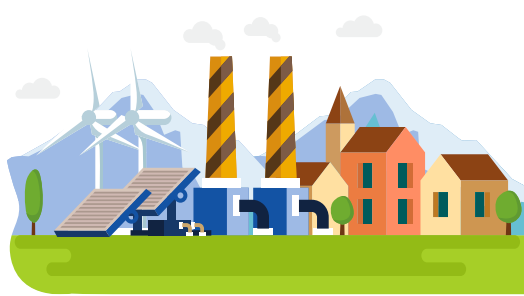
The EMS software can thus challenge utilities and processes by comparing them to the best global performances. Of course, there is no pre-packaged benchmark that can simply be “poured” into the software… This data must come from accumulated field experience (factory visits and audits, implementation and monitoring of measurement plans…) from the company providing the software, supplemented by specialized documentary research.
• EMS users can enhance their energy skills
In general, “software must enable user autonomy – especially in France where we observe a fairly strong technical maturity, with highly qualified operators – by being flexible and open.” (Julian Aristizabal, CEO of Dametis).
Our users, who are involved in the use of the software, continuously increase their level of skills and gain autonomy in the field of environmental performance.
III. 4.0 Environmental Data Craftsmen
And just like a carpenter studies his wood before working on it – is it sturdy, irregular, knotty…? – a software must “understand” its material (the data) before doing anything with it. Is the data erroneous (sensor drift, parameter error…) or correct?
• Reflecting the life of the factory and eliminating “technical debts”
“I have visited factories where the software data was so disconnected from reality that the tool had become unusable,” notes Julian Aristizabal, CEO of Dametis. These technical debts affect, to varying degrees, 90% of the software I encounter.
What some software designers forget is that industrial companies spend their time looking for solutions to real problems, and therefore modifying their facilities. A software must reflect reality and take into account even the smallest changes which, when added up over months, shape the factory.”
• Examples of daily changes to consider
A tap to interconnect two cold networks will change the performance of both networks, an automation specialist can easily change an addressing to optimize communication between two PLCs. An intelligent software must be able to follow these evolutions.
Do you want to access and read the rest of the White Paper to get all the keys to guide you towards Industry 4.0?
Fill out the form below ↓
